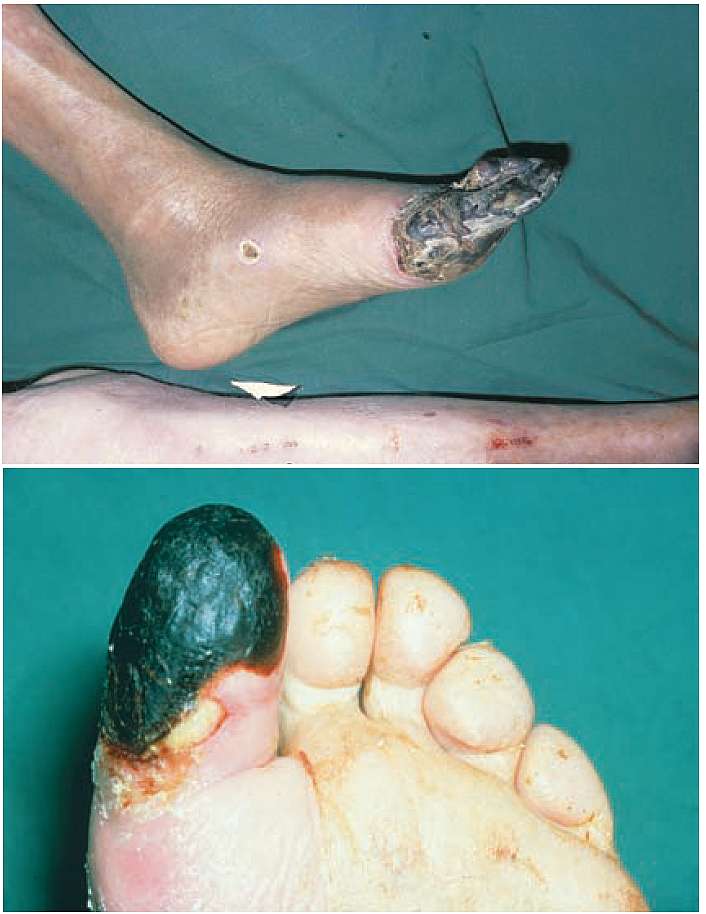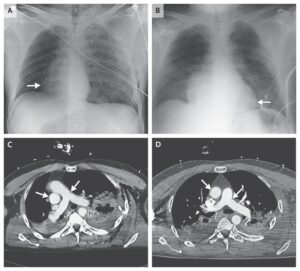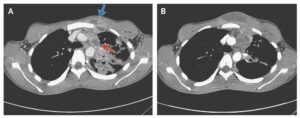This post is an answer to the Case – Black Toe
What is the, pretty obvious, diagnosis?
Diabetic gangrene of the left foot with clinical evidence of diabetic neuropathy.
What factors in his diabetes contributed towards development of the gangrene?
- Diabetic microangiopathy: This affects the blood vessels at arteriolar level with subintimal hyperplasia. The same pathology leads to the characteristic changes of diabetic retinopathy.
- The poorly controlled diabetes also predisposes to infection of the poorly vascularized tissues.
- Diabetic neuropathy (typically glove and stocking distribution of diminished sensation): This increases the risk of minor, unnoticed trauma to the skin of the foot, allowing ingress of bacteria into the ischaemic soft tissues.
How should the patient be treated initially?
He requires emergency hospital admission. The diabetes is brought under control with insulin and diet adjustment. Broad spectrum antibiotic treatment is commenced after a bacteriological swab has been taken, the organisms identified and their sensitivities determined. Smoking is vetoed.
Is major amputation likely to be necessary in this patient?
This is unlikely in the first instance. The peripheral pulses are present, so this is a local phenomenon due to the factors already described. Under a general anaesthetic, all the necrotic tissues are excised as a forefoot amputation, resulting in a deformed but useful foot.
If the patient persists in smoking and continues ignoring his diabetes he will inevitably develop further diabetic complications necessitating a more proximal amputation.
SIMILAR CASE: Patient with Diabetes



